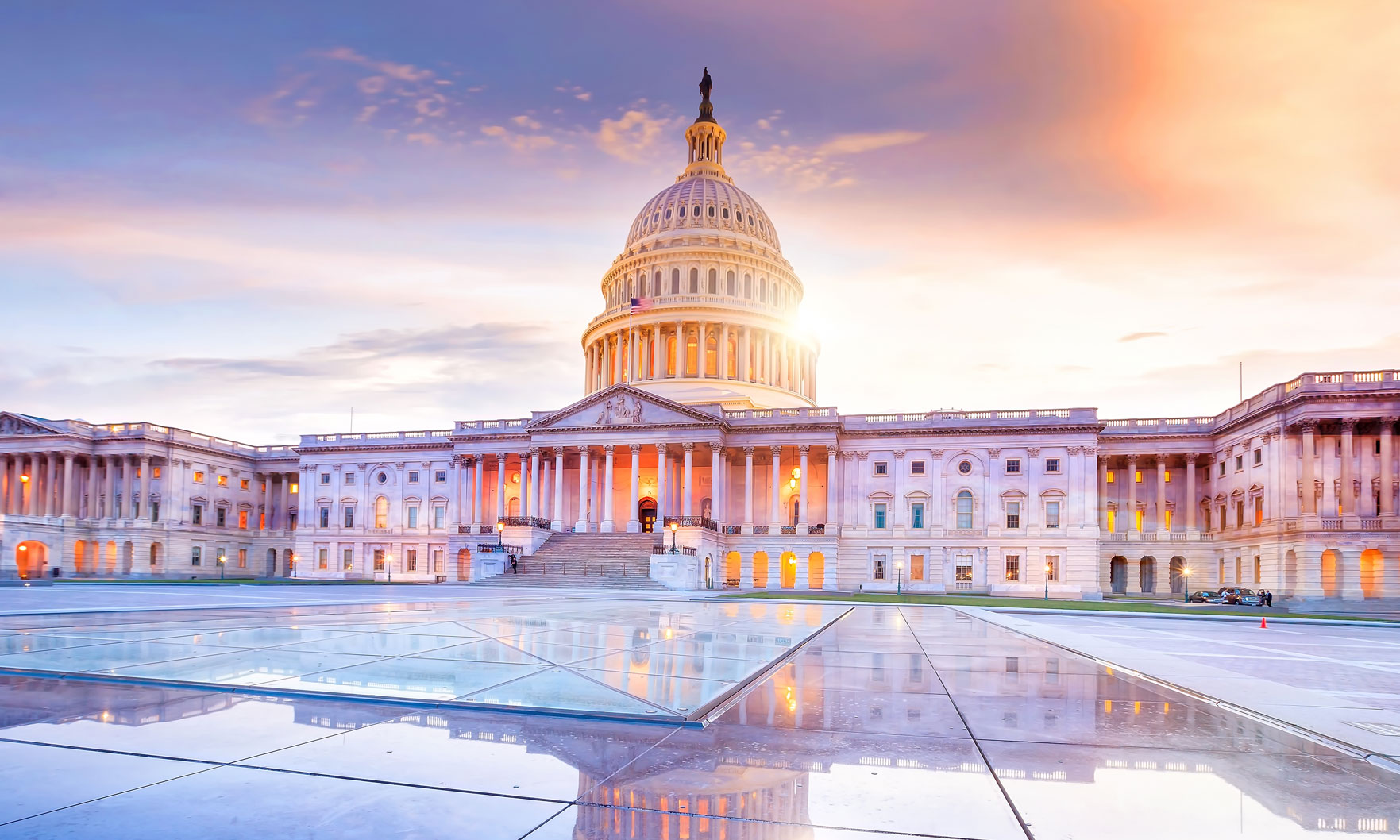While the Mortgage Bankers Association has been urging lawmakers and regulators to exercise caution with plans to reform government-sponsored enterprises Fannie Mae and Freddie Mac — particularly when it comes to protecting taxpayers from future bailouts, offering an explicit government guarantee on mortgage-backed securities and leveling the playing field for lenders of various sizes — the group has also made it clear they’re ready to move on. “Conservatorship of the enterprises has already persisted far longer than intended,” MBA President and CEO Bob Broeksmit testified before the U.S. Senate Committee on Banking, Housing, and Urban Affairs in March. “The status quo is an unacceptable long-term outcome.”
Still, there’s no guarantee that Congress or the administration will tackle GSE reform in 2020. However, the Federal Housing Finance Agency did announce that it will re-propose regulations on capital requirements for Fannie Mae and Freddie Mac sometime in the next year as a clear move toward the end of conservatorship.
The reason behind that announcement, made late last year, was that the initial call for feedback on the capital rules was put out under former FHFA Director Mel Watt, who was not as inclined toward GSE reform as his successor. Now that current FHFA Director Mark Calabria has made moves to get Fannie and Freddie ready to leave conservatorship, things have changed.
“In fairness to all interested parties, the comments submitted during the previous rulemaking were submitted under a different set of assumptions about the future of the enterprises. During the process of the rulemaking, important issues were identified that will be addressed in the re-proposal,” Calabria said in a statement last November. “Requiring the enterprises to build capital that can properly support their risk ensures that taxpayers will never be on the hook again during an economic downturn.”
Since 2013, Fannie and Freddie have been required to send back the vast majority of their profits to the federal government in what’s called a “net-worth sweep.” This was what allowed them to pay back the $191 billion bailout that initially put them under conservatorship. They have since paid back the bailout money and contributed an additional $115 billion to the Treasury’s coffers. But as of September, the Treasury Department and the FHFA have decided that Fannie Mae can now hold a capital reserve of $25 billion and Freddie Mac can hold $20 billion.
Alex Jacobs, executive vice president and national retail sales manager for Wintrust Mortgage, said he thinks this is a good place for regulators to start the process of GSE reform. However, he noted that whenever the government has to stop an inflow of funds, someone has to decide how to fill the resulting budget hole. “I worry that the people who are involved in it have become addicted to the revenue,” he said. “It’s going to be difficult for them to stop that source of revenue.”
But assuming Calabria sticks to his 2020 promise, the industry and regulators will need to figure out the rules under which the GSEs can assemble their financial buffers. Calabria called this one of the most significant steps his agency can take toward the goal of getting the two lenders ready to stand on their own. “The capital rule is one of the most important rules I will issue as director. This rule will be re-proposed and finalized within a timeline fully consistent with ending the conservatorships,” he said in his November statement announcing the re-proposal.
MBA is just one of the groups that’s looking forward to weighing in on the re-proposal. Back in 2018, the association issued a 35-page comment letter based on Director Watt’s less concrete rule change. In particular, the group is looking to see the mortgage giants adopt a countercyclical approach to risk-based capital, stress tests, and regulatory frameworks similar to those of other large financial institutions.
“The near-collapse of the enterprises during the 2008 financial crisis … revealed structural weaknesses related to their business activities, risk management, regulation and supervision. Perhaps no structural weakness was starker, though, than the inadequacy of the enterprises’ capital requirements,” MBA wrote in the 2018 report. “Enterprises — or any future successors or new entrants — cannot meet their responsibilities if the institutions are not carefully managed and sufficiently protected against the inevitable ups and downs of the credit cycle and other market and operational risks.”
